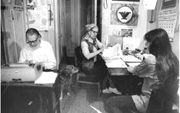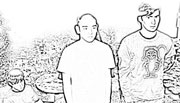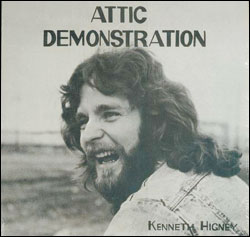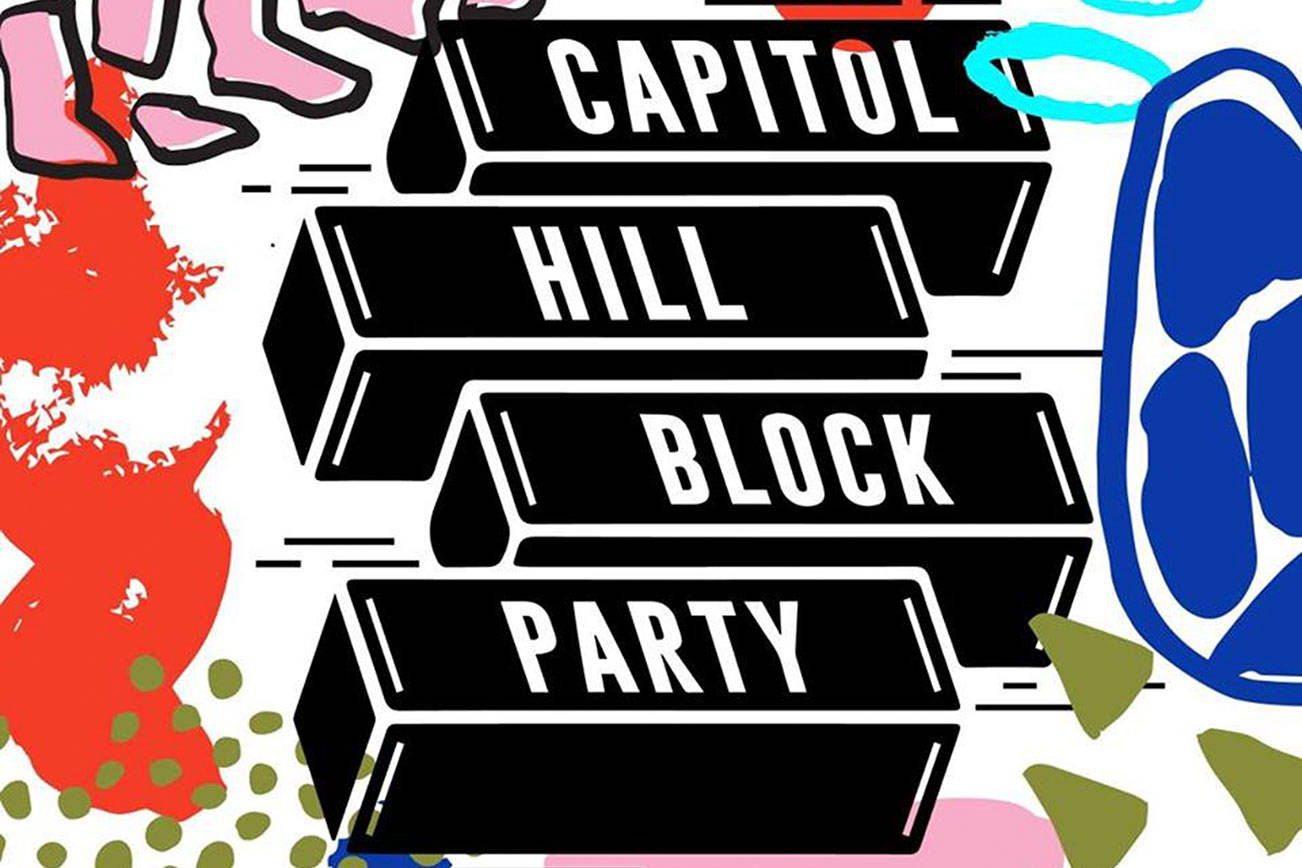PUBLISHED AND EDITED by two blacklisted fogies from Oklahoma, the 187 issues of Broadside magazine were ground zero for the nascent protest folk movement. It’s hard to imagine today that a little mimeographed fanzine sold in coffee shops, bookstores, and record shops could serve as a conduit for much of anything. But Gordon Friesen and Sis Cunningham’s ‘zine, published from 1962 to 1988, was a combination meeting-place/radio station/fakebook for activist folkies. It almost single-handedly made protest folk—at first very marginalized within the folk community—recognized as a valid art form that could not be ignored. Well, this guy named Bob Dylan helped a lot with that, too, but where do you think his first major exposure came from?
Various Artists
The Best of Broadside 1962-1988 (Folkways)
The editors were an avidly leftist husband-and-wife team who subsisted on welfare yet would always help others with food, money, and getting gigs. They let kids crash on their couch and record songs in their living room on a primitive tape deck. They’d later transcribe the words to songs and publish them. In addition to the magazine, Friesen and Cunningham helped get the music printed by a sheet music publisher and worked with Folkways on 15 separate Broadside Ballad LPs. The albums were sometimes of a single artist, such as Woody Guthrie or Phil Ochs, but most often were compilations.
Smithsonian Folkways has just issued The Best of Broadside 1962-1988, a fetishistically elaborate five-disc collection of songs initially published in Broadside. And although at least 20 percent of the music is dreadful—more on that later—the set is overwhelming for the sheer weight of the conviction, as a lesson in grassroots activism and the power of music to matter. The performances here have a real immediacy: Jeff Place, the Folkways archivist who assembled this set, relates in a video interview on bestofbroadside.com that Dylan or another singer might write a tune on the subway over to the Broadside offices in New York, then lay down an impassioned, visceral first performance right there. Lyrics to every song are printed and heavily annotated with background information provided for young ‘uns who might not know the history of the antinuclear, civil rights, and migrant worker movements.
A few highlights of the 88 performances: Tom Paxton’s brutal “Train for Auschwitz,” Nina Simone’s always thrilling “Mississippi Goddam,” Dan Valdez and Augustin Lira’s take on Peter Krug’s moving “Migrant’s Song,” the young Dylan’s horrifyingly explicit antiwar tune “John Brown,” and the Fugs’ hilarious, proto-punk classic “Kill for Peace.” As a lover of music above all else, I have to warn that there is some horrible music on this set, music that makes you want to run screaming from the room, to jump back to 1963 in your way-back machine and invent punk rock right on the spot. Of special note is the New World Singers’ version of “Blowin’ in the Wind,” the first ever recording of this capital-I Important tune. It’s well-meaning, dreadfully earnest, happy-happy, squeaky-clean, well-bred collegiate folk at its most white-bread bland. Thankfully, it’s not the only version ever recorded.
That song belies the simple fact that effective protest music is great music first and a protest second, while the lame stuff is so because it puts the ideology above all else. That’s what separates the Minutemen, Mofungo, and Woody Guthrie from the Dead Kennedys, Buffy St. Marie, and Peter, Paul and Mary. In the end, the great gift of The Best of Broadside is that the listener can’t help but connect to the social movements of the past—through the narrative strengths of these singer-songwriters you can feel the anger, pain, and motivational energy to overcome it all. Whether or not this helps you to strive, vote, and work for more idealistic goals rather than playing in the same old status quo sandbox today, is, of course, entirely up to you.








